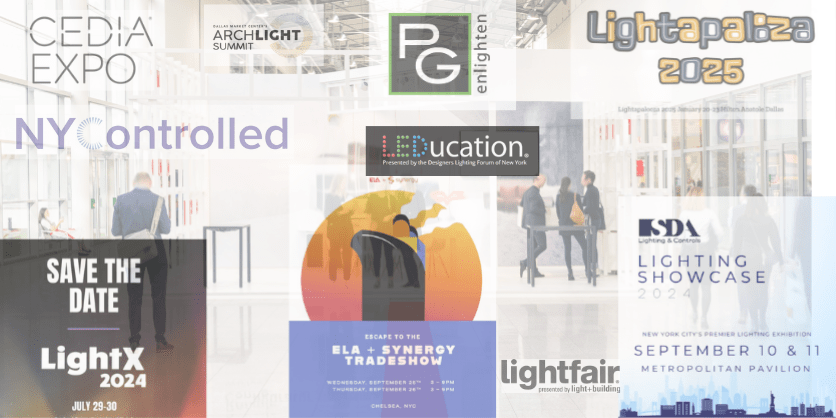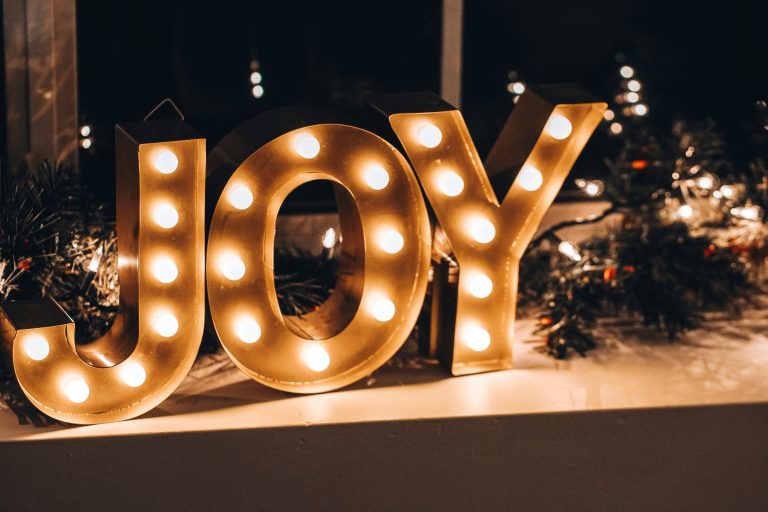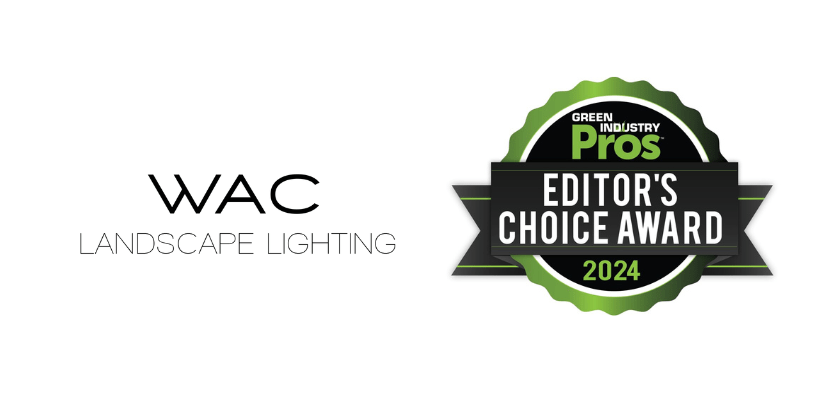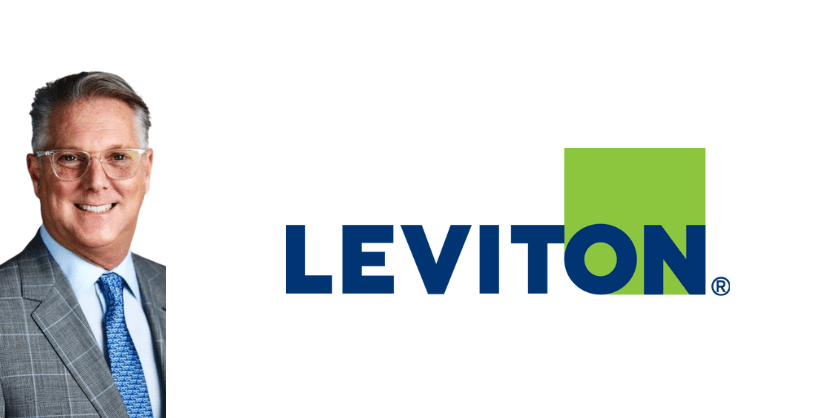So Many Trade Shows, Too Little Time? The Reasons More Events Are Happening

By Linda Longo
Lately there seems to be an architectural lighting event happening nearly every week somewhere in the country.
I’m not just referring to the larger, established trade shows such as LEDucation in New York City and ArchLIGHT Summit in Dallas or the more specialized events with lighting overlap such as the CEDIA Expo for smart home technology experts, Lightapalooza for custom integrators, and the brand new NYControlled 2024 trade show centered around lighting controls.
In any given month, there are mini trade shows hosted by specification-oriented lighting agencies — sometimes even within the same territory just weeks apart (as is the case with New York City-based SDA Lighting & Controls agency holding its Showcase September 10-11 and ELA + Synergy agency holding its own show September 25-26). In the past few weeks, PG Enlighten 2024 Showcase, hosted by Chicago-based PG Enlighten agency and LightX by Bell & McCoy + FRM Lighting & Controls in Grapevine, Texas, have taken place.
While it may seem like too many shows would take up too much of manufacturers and agencies’ time to be profitable, the industry professionals I spoke to recently offered a different take.
And it’s not only the lighting agencies organizing these gatherings, architectural firms are also hosting educational events with product exhibitions. Last month, Gensler hosted HoustonXDesign Week 2024 at its offices in Houston in collaboration with AIA Houston’s Interior Architecture Committee and held another vendor exhibition at its Dallas office — both of which included lighting exhibitors. Later this month, the International Interior Design Association (IIDA) will hold its annual PHL Product Parade in Philadelphia, and IES’ regional Sections typically hold Product Shows periodically.
Tom Lillie, Executive Director/Business Development for WAC Lighting & Modern Forms, believes the time spent exhibiting at these micro shows is well worth the effort, time, and investment.
“We try to participate in all the events that our local agents put on, but there are a number of aspects to consider,” Lillie states. “We need to first look at the specific territory where this regional event is being held. What are the past and present sales numbers, along with future potential sales? Has the rep also supported us as a manufacturer in being a good partner by participating in events that we ourselves put on?”
Lillie explains that it is not only the tangible costs associated with the event that factor into the decision to participate (i.e., event space fees, food & beverage, shipping, and travel costs), “but equally as important, what are the opportunity costs associated with an event? Our regional sales managers are on the road three weeks a month. Does a particular event keep the RSM away from somewhere where a bigger impact could be made?”
The industry professionals I spoke with agree that the pandemic has significantly changed the typical sales process. “Believe it or not, there are still a large number of specifiers who are either working from home in a hybrid situation or they’re not going into the office at all anymore,” Lillie remarks. “Thus, the traditional sales call week has changed dramatically. Instead of getting three solid days in a given territory, sales managers are getting maybe one to two days of calls, a sales rep agency meeting, and an event. It’s difficult getting into offices now because of the lack of people in the office at any given time. Often when we’re doing sales calls, it’s not unheard of to have a room with a handful of specifiers physically there, and another handful who have called in remotely. Presenting at one of these types of calls has challenges in itself.”
One advantage of this proliferation of regional shows has been the opportunity for specifiers who work remotely to meet in one place and see multiple manufacturers at once. “It takes less time out of the sales rep because they’re not having to accommodate sales managers weekly for time-consuming coordination of setting up sales calls. For the sales manager, they set up once (or twice if it’s a two-day event) for four to eight hours instead of lugging sample cases all over town, setting up their samples, making a presentation, packing it all up again and moving onto the next call.” Lillie says. “Costs are cut from not having as many hotel stays, along with the expense associated with lunch and learns, dinners out, and other entertainment.”
The costs of exhibiting at these types of shows vary, depending on the venue, and are not tied to the number of invited attendees. “These events can range from $500 to $4,000 — and honestly, the $500 events seem to be just as successful as the $4,000 ones,” Lillie states. “We do these events weekly throughout North America and thus have enough experience to substantiate this. Obviously the higher the cost, the higher the expectations, but one of our most successful events cost $400 (we were one of 15 manufacturers participating) and we had over 350 people show up. On the flip side, we’ve participated in $3,500 events that had 40 people show up. I understand it’s not all about quantity but in both cases, the majority of attendees were high quality specifiers.”
The success of each show might not be immediately apparent either. “On the specification side of the business, it’s not as though you’re writing orders on the spot,” Lillie comments. “I like to say, you’re ‘makin’ babies’ and building the brand in hopes that future business will be generated down the road and that you’ll get a quick discretionary project or two.”
In addition to rep-hosted product shows, manufacturers are now hosting their own regional events with the goal of fostering deeper relationships within the specification community of a given area. These types of gatherings are along the lines of an evening cocktail event with a more formal presentation, plus a sample product section so attendees can see and touch the products discussed and have their questions answered. One manufacturer I spoke with said a number of projects were generated from just one of these types of events that they hosted.
Mike Hadank, VP/Sales for LEDI, has participated in several regional rep shows lately, most recently LightX in Texas. “The attendance at these shows has been amazing the last few years,” he states. “The commercial sector has found its way into almost every sales channel — even retail channels are being asked to quote restaurants and multi-family projects. The more local lighting designers, specifiers, and installers you can meet through these events, the better.”
Not only are these smaller in-person gatherings ideal for meeting potential customers, it’s also a way to solidify the relationships already formed with clients and a company’s rep force. “When we are supporting our local agents and distributors at these regional events, I truly believe it is appreciated even more so than some of the national venues,” Hadank comments. “Regardless of the channel anyone is trying to sell today, diversification is the secret sauce. Multi-family business has been driving the commercial side for the last several years and even though it has cooled off a bit, it is still a massive contributor to manufacturer sales. These opportunities are not top down, rather you must get the install and spec community willing to ‘try you out’ on a project. There is no better place to find these opportunities than at local trade shows.”
Some lighting manufacturers are branching out into different trade show categories as a way to broaden their prospective client base. For example, last month American Lighting exhibited at the International Woodworking Fair (IWF) in Atlanta for the first time. “We also recently exhibited at the Cruise Ship show, which was another first for us,” explains Jennifer Kirkpatrick, Director/Sales. “Our goal is to increase brand awareness and drive business to our distributors. There are a lot of trades looking for inspiration and ways to enhance their custom products. American Lighting offers an assortment of solutions that are easily modified for whatever application people are outfitting.” Since these two recent events were new to the manufacturer, there is not enough data yet to assess whether these non- lighting shows will deliver a return on investment.
Sarah Hagy, CAE, Executive Director of the American Association of Independent Lighting Agents (AAILA), believes the “hyper local focus” of lighting rep shows are increasing for several reasons:
1. The addition of lighting divisions within electrical rep firms; these reps need to get to know the specifiers and architects within the markets they serve. It’s a new audience for them.
2. Similarly, rep consolidation is likely driving the need to create opportunities to build relationships with key influencers in the markets they serve.
3. Competition for similar services is now being offered by wholesalers; again, relationship building is key to being the “go to” person who gets the job.
4. A scattered workforce makes the traditional office visit/lunch and learn challenging to get critical mass; events that create experiences (which is often what I see with the lighting reps, they go for a WOW factor) that likely have a longer lasting brand impact and better bang for their buck.
There Is Still a Need for a Large Show
It would be easy to assume that the multitude of smaller lighting product showcases would erode the importance of a larger trade show like Lightfair, however, Lillie finds a benefit to both types of venues.
“Setting up a tabletop, or even a larger booth at a regional/rep event is great to meet clients and give them a taste of what we have to offer and maybe show them a handful of our latest product introductions, but at Lightfair, for example, we can show vignettes of product regardless of size and function, and in a true application setting,” Lillie remarks. “Modern Forms shows 12 to 20 products at a regional event, but at last year’s Lightfair, we showed 130 pieces, including large chandeliers and ceiling fans.”
Broad attendance is another important difference. “The attendee at a regional event is generally specifically invited by someone at a rep agency,” Lillie states. “The hope is that they can attend the event on that specific date and at that specific window of time. At a larger trade show, there’s less of a time constraint when it’s held over several days, the list of invitees is open-ended, and again, there’s a lot more space for a manufacturer to show product. That said, I do believe having Lightfair every two years is a good move because the build-up will be strong and more effective, and it will be less costly for the manufacturers. Both types of events have their specific purpose and can be equally as effective. At WAC and Modern Forms, we feel that each type of event is important for different reasons, with the expectation that each will be successful in its own right. There’s nothing better than seeing and feeling product in person and both types of shows accomplish this. We will continue to support our agents with their local events as they, in-turn, will continue to support us at our various national events.”
None of the lighting reps or manufacturers I interviewed for this article – both on and off the record – had one negative thing to say about the number of regional shows they participate in, the quality of the attendees, or the amount of preparation time the shows entailed. I think it’s reasonable to assume that these smaller, regional gatherings will continue to grow in the future. Let me know your thoughts!
Related articles









